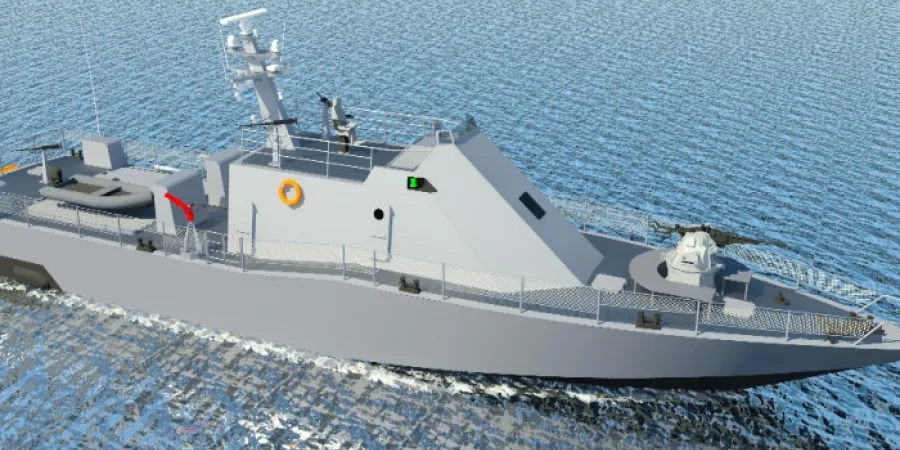Israel Shipyards to supply Shaldag MK V vessels to Israeli Navy
The company will deliver four vessels as part of the Navy's plan for acquisition of advanced ships to upgrade its security mission capabilities
IsraelDefense
| 07/07/2021
Israel Shipyards, a leading shipbuilding and repair company serving naval and commercial markets, announced Wednesday the signing of an agreement to supply its Shaldag MK V vessels to the Israeli Navy. The company said it will provide four vessels which have been adapted to the Navy’s unique configuration requirements.
Over the years, the Israeli Navy has used a variety of vessels made by Israel Shipyards, including the Shaldag MK III and the Sa'ar 4 and Sa'ar 4.5 fast attack missile vessels, for missions to protect the maritime borders of the State of Israel. Recently, it was decided to equip the Navy with advanced vessels that enable an upgrade of routine security mission capabilities. To that end, the Shaldag MK V has been adapted to the Navy’s configuration requirements, the company said.
The largest member of the Shaldag class, the Shaldag MK V, is a combat-proven, all-aluminum, fast vessel driven by waterjets, with a high payload capacity and exceptional maneuverability. With a high firepower-to-displacement ratio, it was designed for naval security missions and is currently deployed for the protection of exclusive economic zones (EEZs) and littoral waters, according to the company.
The Shaldag MK V has a speed of above 40 knots, with acceleration from zero to 40 knots in less than one minute, a turning diameter of 150m, and minimal draft that enables operation in shallow waters. The vessel is equipped with advanced, lightweight weapon systems, navigation systems, and combat management systems, said Israel Shipyards.
Eitan Zucker, the company's CEO, said, "We are pleased with our long-standing cooperation with the Israeli Navy, and with the opportunity for our flagship vessel to become part of the Navy and its missions ‒ protecting our country's maritime borders."
The company will deliver four vessels as part of the Navy's plan for acquisition of advanced ships to upgrade its security mission capabilities
Israel Shipyards, a leading shipbuilding and repair company serving naval and commercial markets, announced Wednesday the signing of an agreement to supply its Shaldag MK V vessels to the Israeli Navy. The company said it will provide four vessels which have been adapted to the Navy’s unique configuration requirements.
Over the years, the Israeli Navy has used a variety of vessels made by Israel Shipyards, including the Shaldag MK III and the Sa'ar 4 and Sa'ar 4.5 fast attack missile vessels, for missions to protect the maritime borders of the State of Israel. Recently, it was decided to equip the Navy with advanced vessels that enable an upgrade of routine security mission capabilities. To that end, the Shaldag MK V has been adapted to the Navy’s configuration requirements, the company said.
The largest member of the Shaldag class, the Shaldag MK V, is a combat-proven, all-aluminum, fast vessel driven by waterjets, with a high payload capacity and exceptional maneuverability. With a high firepower-to-displacement ratio, it was designed for naval security missions and is currently deployed for the protection of exclusive economic zones (EEZs) and littoral waters, according to the company.
The Shaldag MK V has a speed of above 40 knots, with acceleration from zero to 40 knots in less than one minute, a turning diameter of 150m, and minimal draft that enables operation in shallow waters. The vessel is equipped with advanced, lightweight weapon systems, navigation systems, and combat management systems, said Israel Shipyards.
Eitan Zucker, the company's CEO, said, "We are pleased with our long-standing cooperation with the Israeli Navy, and with the opportunity for our flagship vessel to become part of the Navy and its missions ‒ protecting our country's maritime borders."



